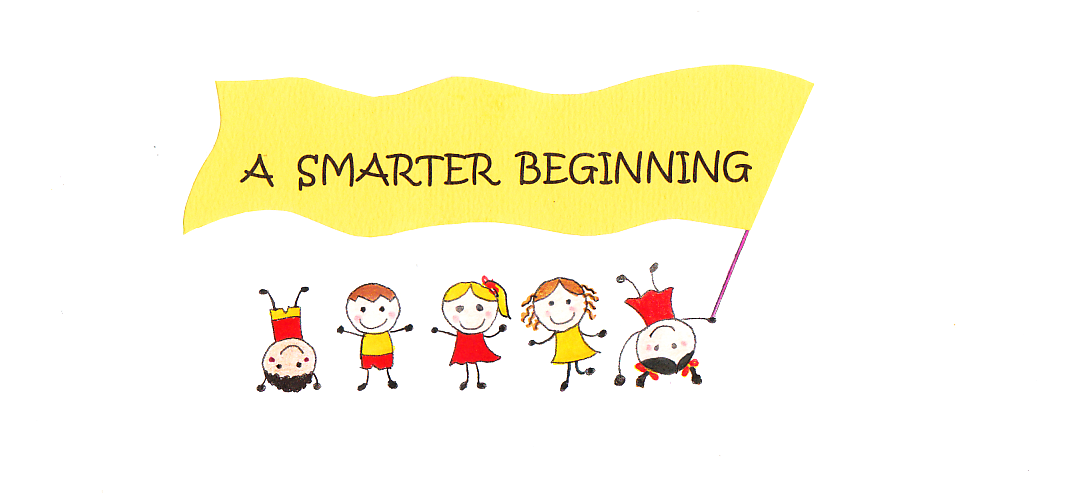Posted: Saturday, January 9, 2016 5:41 am | Updated: 5:41 am, Sat Jan 9, 2016.
LAURAN NEERGAARD, AP Medical Writer
This article by Lauran Neergaard and the accompanying photo appeared in the Post-Bulletin at www.postbulletin.com on January 9, 2016.
 WASHINGTON — Celebrate your child’s scribbles. A novel experiment shows that even before learning their ABCs, youngsters start to recognize that a written word symbolizes language in a way a drawing doesn’t — a developmental step on the path to reading.
WASHINGTON — Celebrate your child’s scribbles. A novel experiment shows that even before learning their ABCs, youngsters start to recognize that a written word symbolizes language in a way a drawing doesn’t — a developmental step on the path to reading.
Researchers used a puppet, line drawings and simple vocabulary to find that children as young as 3 are beginning to grasp that nuanced concept.
“Children at this very early age really know a lot more than we had previously thought,” said developmental psychologist Rebecca Treiman of Washington University at St. Louis, who co-authored the study.
Wednesday’s report, being published in the journal Child Development, suggests an additional way to consider reading readiness, beyond the emphasis on phonetics or being able to point out an “A” in the alphabet chart.
Appreciating that writing is “something that stands for something else, it actually is a vehicle for language — that’s pretty powerful stuff,” said Temple University psychology professor Kathy Hirsh-Pasek, a specialist in literacy development who wasn’t involved in the new work.
As for tots’ own scribbling, what they call a family portrait may look like a bunch of grapes but “those squiggles, that ability to use lines to represent something bigger, to represent something deeper than what is on that page, is the great open door into the world of symbolic thought,” Hirsh-Pasek said.
The idea: At some point, children learn that a squiggle on a page represents something, and then that the squiggle we call text has a more specific meaning than what we call a drawing. “Dog,” for example, should be read the same way each time, while a canine drawing might appropriately be labeled a dog, or a puppy, or even their pet Rover.
Treiman and colleagues tested 114 preschoolers, 3- to 5-year-olds who hadn’t received any formal instruction in reading or writing. Some youngsters were shown words such as dog, cat or doll, sometimes in cursive to rule out guessing if kids recognized a letter. Other children were shown simple drawings of those objects. Researchers would say what the word or drawing portrayed. Then they’d bring out a puppet and ask the child if they thought the puppet knew what the words or drawings were.
If the puppet indicated the word “doll” was “baby” or “dog” was “puppy,” many children said the puppet was mistaken. But they more often accepted synonyms for the drawings, showing they were starting to make a distinction between text and drawing, Treiman said.
One question is whether children who undergo that developmental step at a later age — say, 5 or 6 instead of 3 or 4 — might lag on pre-literacy skills. That’s not clear, cautioned Brett Miller, an early learning specialist at the National Institute of Child Health and Human Development, which helped fund the research.
Scientists have long known that reading to very young children helps form the foundation for them to later learn to read, by introducing vocabulary, rhyming, and different speech sounds.
But it’s important to include other activities that bring in writing, too, Treiman said. Look closely at a tot’s scribbles. A child might say, “I’m writing my name,” and eventually the crayon scribble can become smaller and closer to the line than the larger scrawl that the tot proclaims is a picture of a flower or mom, she said.
Previous studies have shown it’s helpful to run a finger under the text when reading to a youngster, because otherwise kids pay more attention to the pictures, Miller said. If the words aren’t pointed out, “they get less exposure to looking at text, and less opportunity to learn that sort of relationship — that text is meaningful and text relates to sound,” he said.
Make sure children see you that you write for a purpose, maybe by having them tell you a story and watch you write it out, adds Hirsh-Pasek. “That’s much richer than just learning what a B or a P is.”
